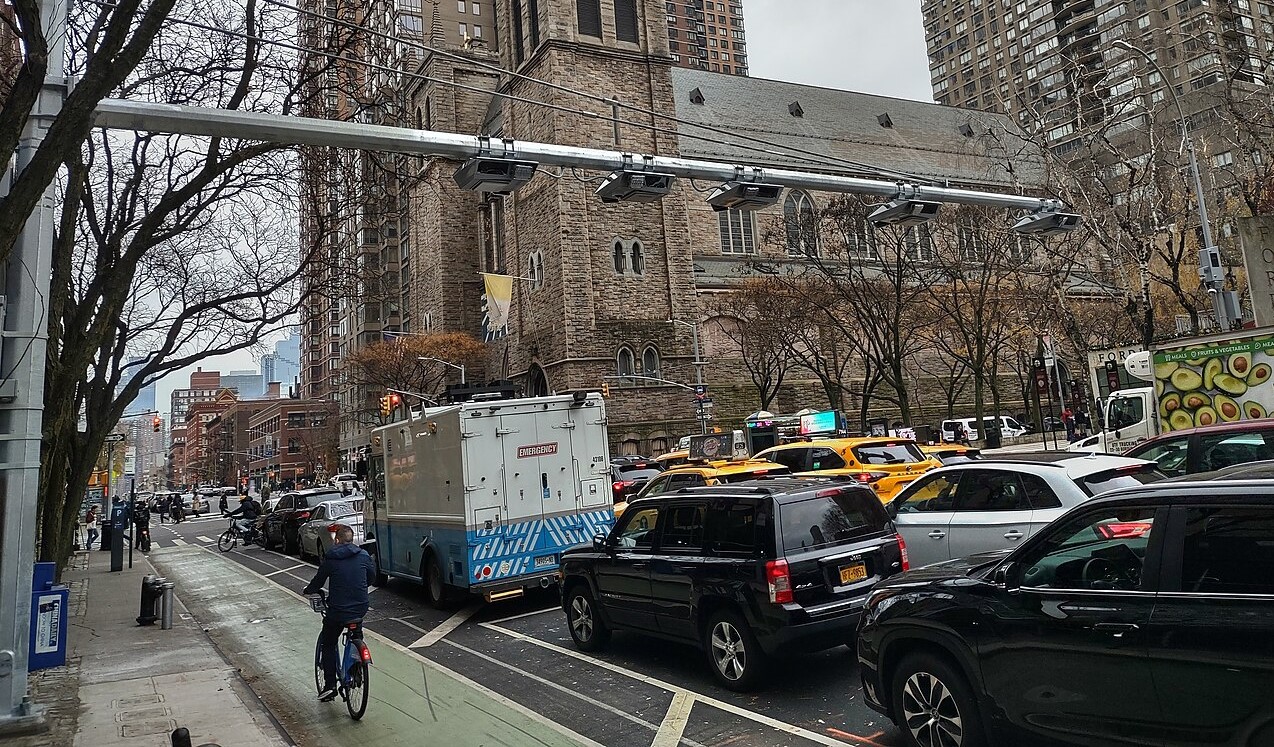Today's a huge day for transit on local ballots.

Ballot measures in Detroit, Indianapolis, Raleigh, Seattle, and Los Angeles, among other places, could significantly expand transit access for millions of people.
In many of these cities, transit opponents have seized on the same feeble argument: Investment in transit isn't needed because soon Uber and Lyft and self-driving cars will make buses and trains obsolete.
Jarrett Walker writes at Human Transit that this is nonsense:
Yes, there may be breakthroughs, which may have the outcomes we hope for, and this is reason enough to declare our existing tools to be “dinosaurs.” Future inventions should destroy useful things today.
It’s completely understandable that inventors want us to think this. If we throw away our existing solutions to urban problems, we will be even more dependent on their inventions, which will be good for them. That’s why we must lean in the the wind, being skeptical but not cynical about the good things invention may bring.
Why should we continue to invest in big-vehicle, space-efficient public transit, and protect what we have from degradation, when all this innovation may occur?
- Technology never changes geometry. In dense cities, the efficient use of space requires continuing to move large numbers of people in large vehicles, which is what successful urban transit networks are. (The story may be different in low-density suburban areas, where demand is sparser and space is more abundant, especially if those places don’t intend to grow denser.) The only way to move large vehicles efficiently and also attractively is first to run them frequently, and second, where possible, to protect them from traffic congestion. Yes, this may get in the way of your car.
- Inventions never turn out as hoped, and especially not as hyped. They have downside impacts, some of them entirely predictable. They destroy things that turn out to be valuable, especially because …
- Making something easier causes more people to do it. This is how autonomous cars could cause an explosion of vehicle trips that would overwhelm any space-saving benefits of the technology, congest our cities to the point of dysfunction, and thus trigger a new generation of urban sprawl. Do you believe that autonomous cars will radically expand your liberty, even in the densest cities? Do you imagine that you, a city dweller, will be able to get out into the beautiful countryside more easily, so that you could even buy a cabin in the woods? That’s what the proponents of cars wanted you to believe 100 years ago. The problem isn’t that you got those things, but so did everyone else. So the liberty of the motorist became the prison of congestion, and everyone’s cabin in the woods meant there were no woods left.
Elsewhere on the Network today: PlanPhilly reports that the SEPTA strike has ended just in time for the election. The City Fix looks at what conditions lead to more frequent reports of sexual assault on transit. And Bike Portland sings the praises of an under-appreciated piece of bike infrastructure -- an elevator to a pedestrian bridge that was installed one year ago.





